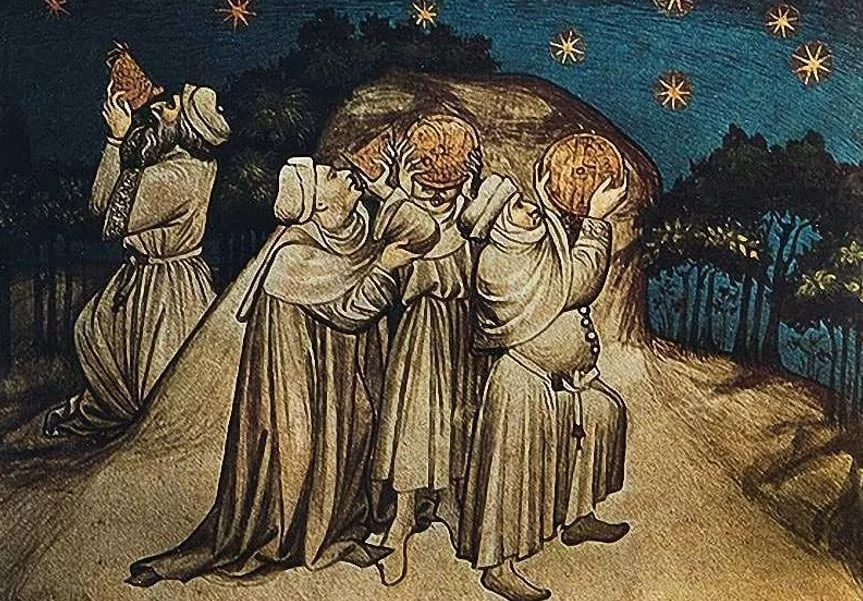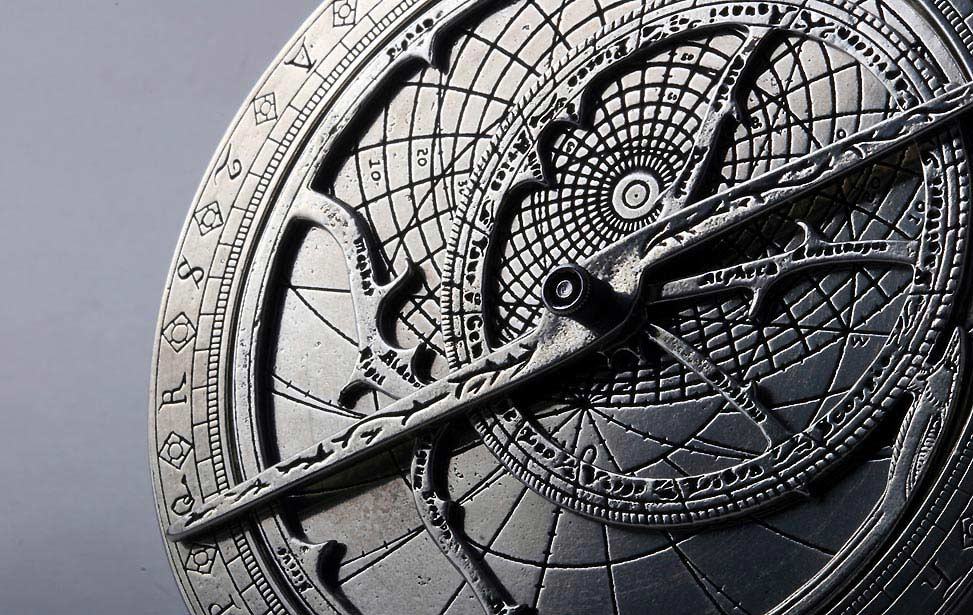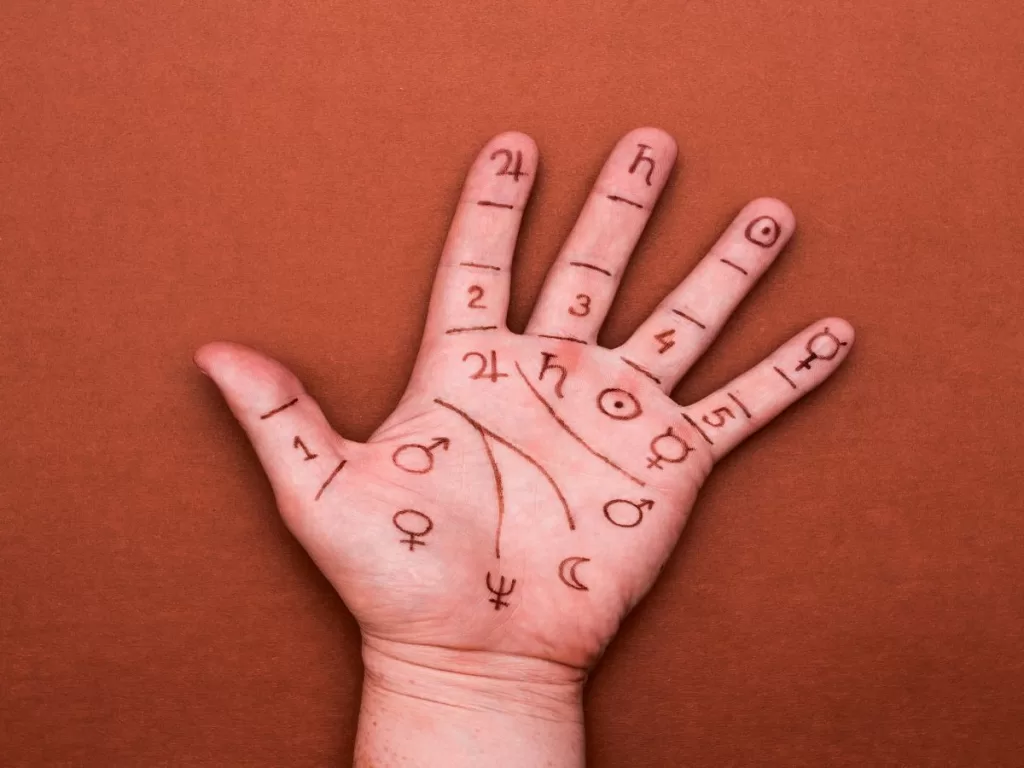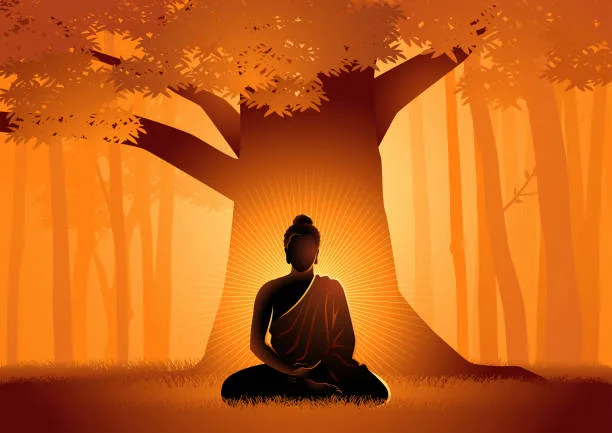Astrology is an old method of divination that has been used to explain and predict everything from human behavior to natural disasters by studying the positions and motions of the planets and other celestial bodies. As the planets orbit the sun and change their relative positions, astrologers theorize that they can foretell the future and even intervene in human events.
For over a thousand years, astrologers have used the positions of the stars and planets to predict things like human behavior, romantic compatibility, and the outcomes of other events that have nothing to do with the stars and planets.
How astrology started—the roots
The ancient Babylonians of Mesopotamia are often credited as the originators of astrology. To foretell the future, they would compare the positions of the sun, moon, and planets to those of significant moments in their lives.
The zodiac was also developed with reference to these astronomical places. In order to keep track of the changing of the seasons and the passage of time, the Babylonians relied on the yearly motions of several celestial bodies in the sky.
The Babylonians believed the zodiac had significance for their deities. They thought that the many things they saw in the sky were actions or messages from their gods.

Because of this, life in Babylon was structured around the signs of the zodiac. It controlled nearly every facet of their lives, and people who were trusted for their ability to read the zodiac and divine the gods’ intentions were held in high esteem.
The practice of astrology eventually reached places like Greece and India. In the 20th century, charts and predictions based on the zodiac were a common part of American culture. It had previously spread to other regions of the world.
It is impossible to estimate how long astrology has been around. Astrology’s allure to the public has endured from its early days as a tool for establishing contact with the supernatural to its modern-day role as a source of solace and entertainment in the arts.
Astrology, the discipline of studying the stars for clues about our destinies, has been around for thousands of years, but it is still widely misunderstood. Editorial-style horoscopes can be fun to read, but they don’t do justice to the deep wisdom that can be learned from the stars. In reality, astrology gives everyone a little bit of control over their lives and helps them get closer to their own unique fates. However, several myths must be dispelled before this useful road map may be put to use.
First fallacy: Astrology is linked to the occult, the supernatural, or telepathy
Those who don’t believe in astrology may dismiss it as strange, but it’s actually based on the position of the stars and planets at the time of your birth. Birth data, such as time and place of birth, are used to construct a birth chart, the primary tool of astrology. The chart provides a record of the constellations and positions of the planets and stars at that instant in time.
So it’s appropriate that astrology is also known as Jyotish, which means “science of light.” What sort of illumination are we talking about? Planetary light that reaches Earth The sun and moon are obvious examples, but so are Earth’s other planetary neighbors Science of this sort may not be identical to the kind you learned in school, but it is not mystical in any way, and it does have certain parallels. There is nothing strange about it; it’s just based on things we already know exist in the cosmos.
The Second Fallacy: Astrology Is Just for Fun
In the minds of many, checking their horoscopes online is a harmless pastime. Astrology is more than just a fun pastime, though.
Karma and reincarnation are fundamental concepts in Vedic astrology. Souls are thought to depart the body at the moment of death. The Vedic view is that when a person dies, their soul travels onward with all their thoughts, feelings, emotions, wants, experiences, and karma. This unconscious way of thinking doesn’t know what is right or wrong and can’t think logically. It just exists. However, the soul needs to attach itself to a body in order to use any of that knowledge. It’s all completely random, and your subconscious mind is the one who decides where, when, and to whom you’ll be born.
Your birth chart shows the possible results of your actions in the past, which have now come true and will shape your future in this life. Karma, in its most basic form, considers the possibility that this seed is actually an apple seed, according to your chart. That means that the seed could grow into an apple tree that makes hundreds of thousands of apples over its lifetime.
Visualize the potential of that seed to grow and bear the fruits of your karma. You could say that your chart is the instruction manual for your life, inscribed in a code that only an astrologer can decipher. That’s a lot more important than predicting whether or not your week will go well.
The third fallacy: astrology can either affect the future or foretell it
The idea that astrology can tell the future is one of the most dangerous myths about it. Even though most people think it does, this tool is not meant to tell the future. Instead, it should serve as a map that helps you avoid pitfalls and make deliberate choices. The goal of astrology is to keep you in harmony with the unity of the cosmos. If you’re not on the same page, you might need it to steer you toward wiser choices when problems persist.
Some people believe that astrology or a psychic may alter their destinies. This can’t happen. Take into account the following: Because he did not make your fate, an astrologer can do nothing to alter it. To a large extent, your fate has been shaped by your own subconscious and karma. You get to make minor adjustments to your life’s script as you go along. Since you made it, you have some say over it, but you can’t change it entirely.
To put it another way, if you plant a guava seed, you won’t get an apple tree. Even if you can’t prevent contracting a certain illness, you have control over how you’ll care for yourself once you’ve been diagnosed. To this end, astrology can serve as a map that leads you to the decisions that will lead you to the finest possible version of your life. You are the beginning and the end of the process.

Methods of Future Prediction
Everyone wants to know what lies ahead. In order to satisfy this kind of interest, several forms of divination exist. These practices are widely adopted not just in India but globally. The steps and features of each approach are unique. Now, let’s discuss a few of these approaches.
Astrology According to Vedic Texts
Among the many astrological traditions practiced in India, Vedic astrology is a popular one. It is considered to be the Vedas’ “eye literature.” The birth chart is used to make predictions.
The time, location, and date of a person’s birth are crucial pieces of information for making predictions using this method.
When you study Vedic astrology, you can learn a lot about the past, the present, and the future.
The laws of karma and fate seem to bend under their power. Kundli’s yogas and the dasha and antardasha phases of the planets are crucial in any situation.
Even though a person has a strong kundali with beneficial yogas and planets, they may not experience good fortune if one or more of their varg kundali planets are poor.
Birth horoscopes rely heavily on varg kundalis, too. If a planet is powerful in a person’s birth horoscope but weak in their varg kundali, then good fortune is unlikely to follow.
Varg kundali is used to examine the ascendant, the lord of the ascendant’s house, and the lord of the linked house.
For instance, while analyzing a saptansh kundli for a child, the ascendant, its lord, the fifth house, and the fifth house lord would all need to be considered. Only by examining the seventh house lord in the birth horoscope can we draw any conclusions about the fifth house lord’s predicament.
Tarot of the Jaimini
Jaimini lived at the same time as Maharishi Parashara. They each presented new astrological systems that shared common foundations. Popular in southern India, Jaimini astrology has many similarities to Vedic astrology. But it has its own set of rules and guidelines.
Jaimini astrologers are just as accurate as their Parashari counterparts when it comes to predicting the future.
Despite its differences from Western astrology, Jaimini astrology is nonetheless valuable. When compared to Vedic astrology, Jaimini astrology has its own unique characteristics. In this case, rather than planetary positions, the dashayein of rashis is considered.
Zodiac signs from all twelve signs are taken into account. Only seven of the planets are considered significant.
It is one of Jaimini astrology’s major strengths that it may provide guidance even if a person is unsure of the exact moment of their birth. This research elucidates a great deal of dashayein.
It’s the same as the Jaimini Char Dasha, Manduk Dasha, Jaimini Sthir Dasha, Navansh Dasha, etc. There is a lot of other dashayein that might be used instead of these.
The Jaimini Char Dasha is the most well-known form of Jaimini astrology. When compared to other dashes, this one is the most common. The calculations used in Jaimini astrology vary throughout each dasha. Nonetheless, these dashes all correspond to the zodiac signs. The dashayein is the Jaimini astrological equivalent of the Zodiac signs. All twelve dashas of the zodiac appear in order here. When a certain rashi is in the ascendant at the time of a person’s birth, the corresponding mahadasha will also be in that sign. The dasha year is calculated in a different way.
Daily Horoscopes
In astrology, the question-and-answer technique known as Horary is used. This approach can be used by a person to learn about his future even if they do not know their exact place of birth, date of birth, or the exact time they were born. The ascendant is determined by the astrologer based on the placement of the planets at the moment the native asks the query. The astrologer will respond to your inquiries using this technique. Unlike Vedic astrology, it does not rely on rigid mathematical methods. Vimshottari dasha, anterasha, and pratyahara dasha are not a part of this.
Palmistry
Lines and mounts in hand, signs, physical and observable qualities, hand and foot forms, and nail shapes are all used in palmistry to make predictions about the future.
People who do not know their exact birth time or date can still benefit from this technique. The forecasts are fate, according to the palm reader.
Palm reading dates back to the early days of astrology. Reading a person’s palm lines can reveal a lot about their personality and destiny. Caramancy is just one of its namesake words. This is not something that is exclusive to any one faith, area, or society. It can be observed in numerous forms of entertainment all across the globe. Thus, various iterations exist for assessing palm lines and other features of hands. Hand analysis is a field populated by specialists known as “hand analysts.”
According to many educated people, India is where palm reading first began. As a great saint, Maharishi Valmiki has penned a book on male palm reading. From India, his teachings made their way to China, Tibet, Egypt, and finally France. Palmistry has been linked to some well-known figures, including Hippocrates and Kero. Kero is widely recognized as the industry’s founding father because of his extensive body of palmistry literature.

The Lal-Kitab Theory
Predictions can also be made with the help of Lal Kitab. Despite its apparent ease, Lal Kitab astrology is actually quite complex. Homes and treatments are given considerable weight. There are no names or descriptions for the different homes in Lal Kitab; instead, they are all assigned numbers. The results are calculated based on where the planets fall in each house. It offers cures to enhance the favorable planetary positions and mitigate the unfavorable ones. This approach to astrology is widely practiced in Punjab and is quickly gaining traction elsewhere in India.
Numerous presumptions surround Lal Kitab. This study’s inception is a matter of some debate. It is generally agreed that Lal Kitab is distinct from Vedic astrology. But modern astrologers make a lot of mistakes when they look at birth charts (based on Vedic astrology) and give advice (based on the Lal Kitab). When examining a kundali, Lal Kitab follows its own set of criteria. Following the treatments prescribed by Lal Kitab necessitates that the patient also becomes acquainted with Lal Kitab’s kundali analysis.
Numerology
Numerology is becoming increasingly popular in modern times. This strategy has seen a lot of success in the West. Name numbers, natal chart numbers, and life path numbers all play significant roles in this approach. One through nine are taken into account. Name numbers, root numbers, and life path numbers are the three most crucial digits in numerology, and they must all add up to a harmonious whole. If they don’t get along, it’s bad luck in the eyes of the locals.
The solution, in this case, is to coincide with these figures. Modifications to the native’s name can result in a match between the three digits. The date of birth is used to figure out a person’s root and destiny numbers, while the English alphabet is used to figure out their name numbers.
Tarot Card Decks
Predictions based on tarot cards are a well-liked pastime in modern culture. There are a total of 78 cards in a deck, with the numbers 1 through 21 representing prime numbers and the remaining 56 representing regular cards. In this method, the astrologer asks the native to choose a single card from a deck of cards after they have been shuffled.
Chinese Art of Placement of Objects to Achieve Good Feng
Feng shui is the name for Chinese astrology. Almost 5,000 years have passed since it was first created. Water and wind are the literal translations of the Chinese term feng shui. Keeping the building’s energies in check boosts the good vibes and brings about more contentment and calm.
Understanding this field of study is possible when its mysteries are put together in a way that makes sense. By studying feng shui, you can improve your health, wealth, and fame, as well as your way of life and harmony. You can also strengthen your romantic relationships, improve your career and marriage, and bring in more money, admiration, and friends.
Feng shui, which can be translated as “wind and water,” is a branch of Chinese philosophy that is used in the same way as India’s vastu shastra is in that country. Using the techniques in feng shui, you can change your luck for the better and get rid of any problems you’ve been having.
Alternative ways of future prediction
There are many other ways to accurately predict the future, in addition to the ones listed above. Some examples are the Crystal Ball, Bhrigu Samhita, Ramala, Medniya Jyotisha, and Chinese Astrology. Your future can be known through these means as well, provided you are diligent and have trust.
Disclaimer:
The author’s views are his or her own. The facts and opinions in the article have been taken from various articles and political commentaries available in the online media and Eastside Writers does not take any responsibility or obligation for them.
Note: Contact our Writers at www.eastsidewriters.com for writing Blogs/Articles on any niche. We have experts in various domains from Technology to Finance and from Spirituality to Lifestyle and Entertainment.







Pingback: A Clear Concept On Astrological Predictive Chart And Approach Techniques - Eastside Writers